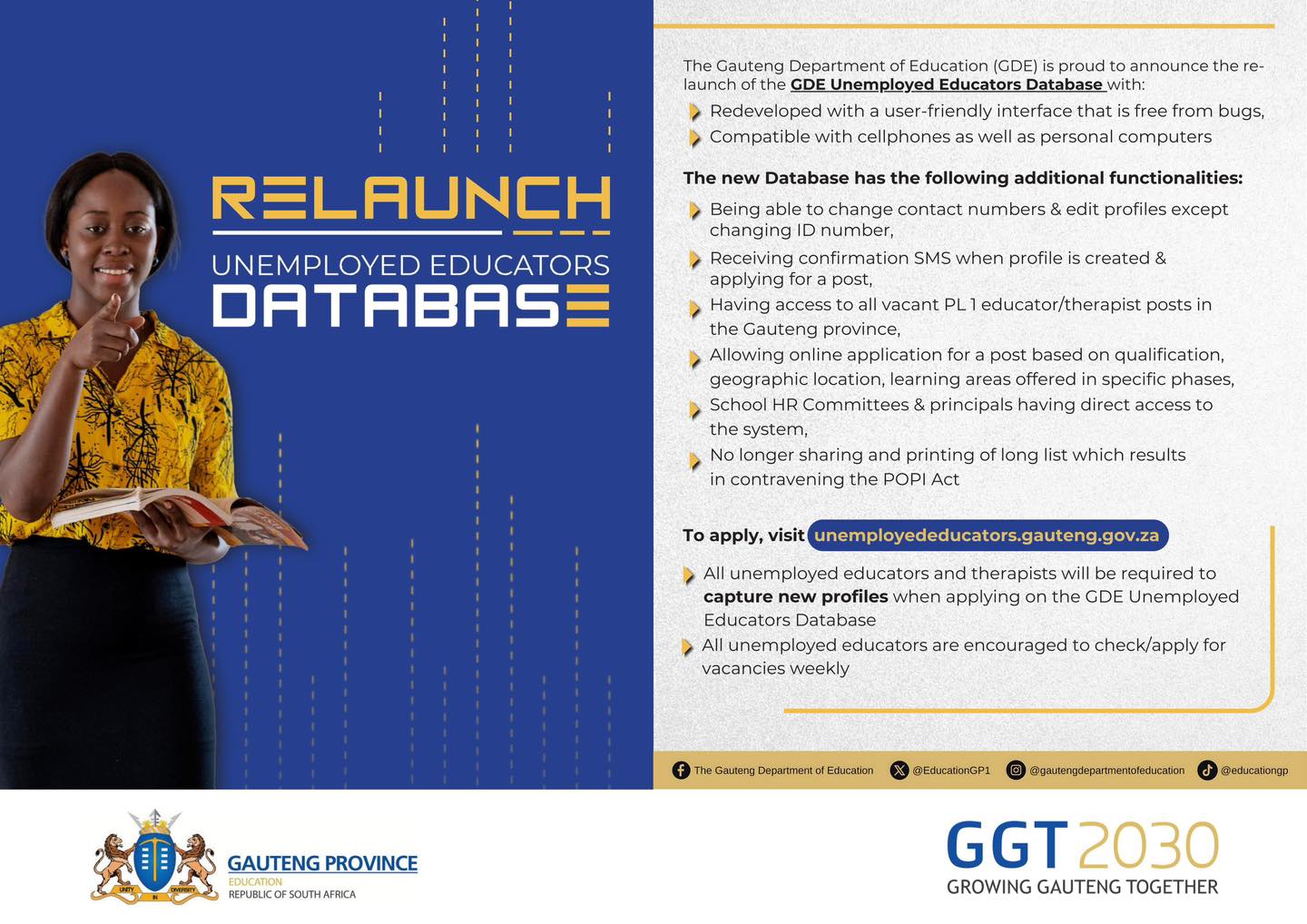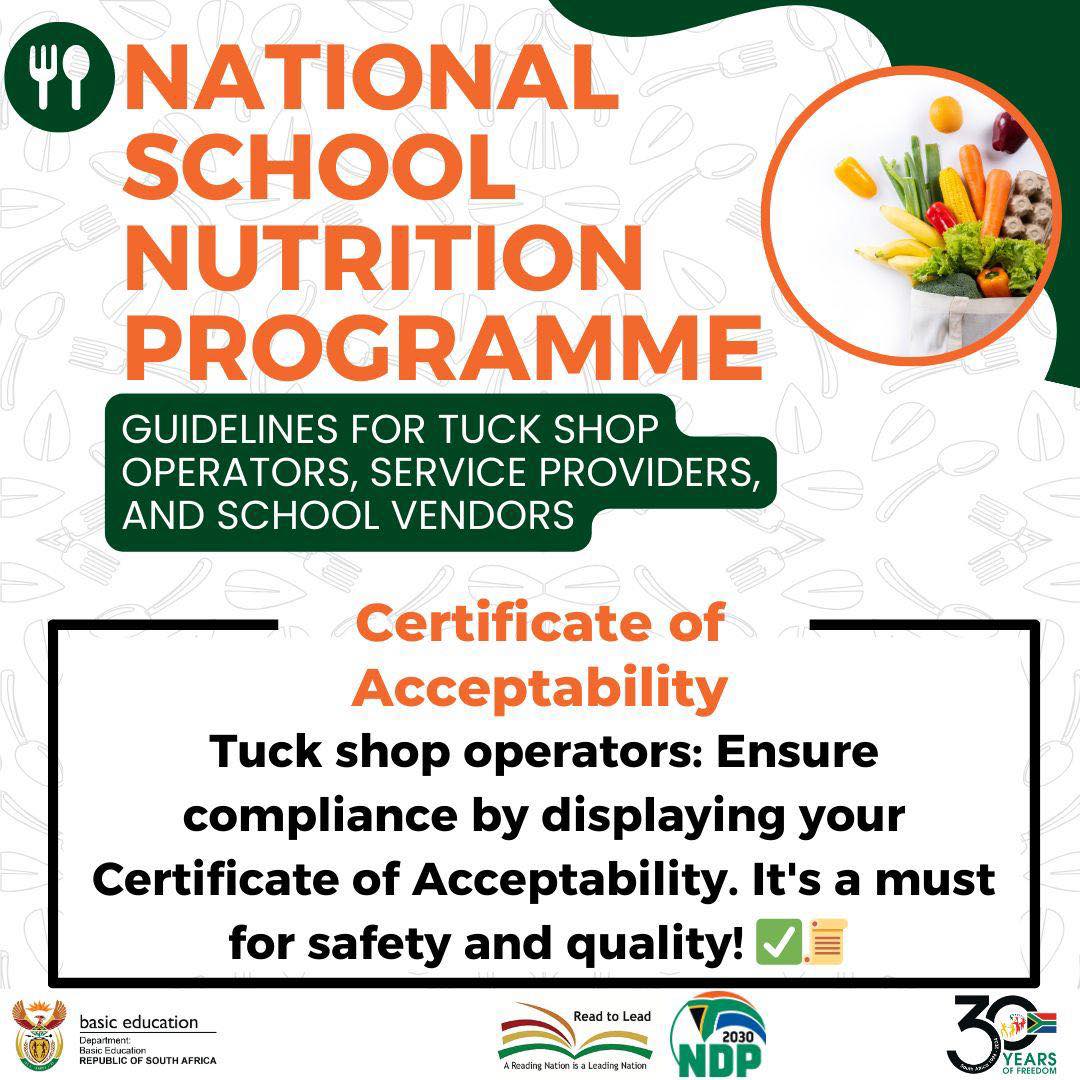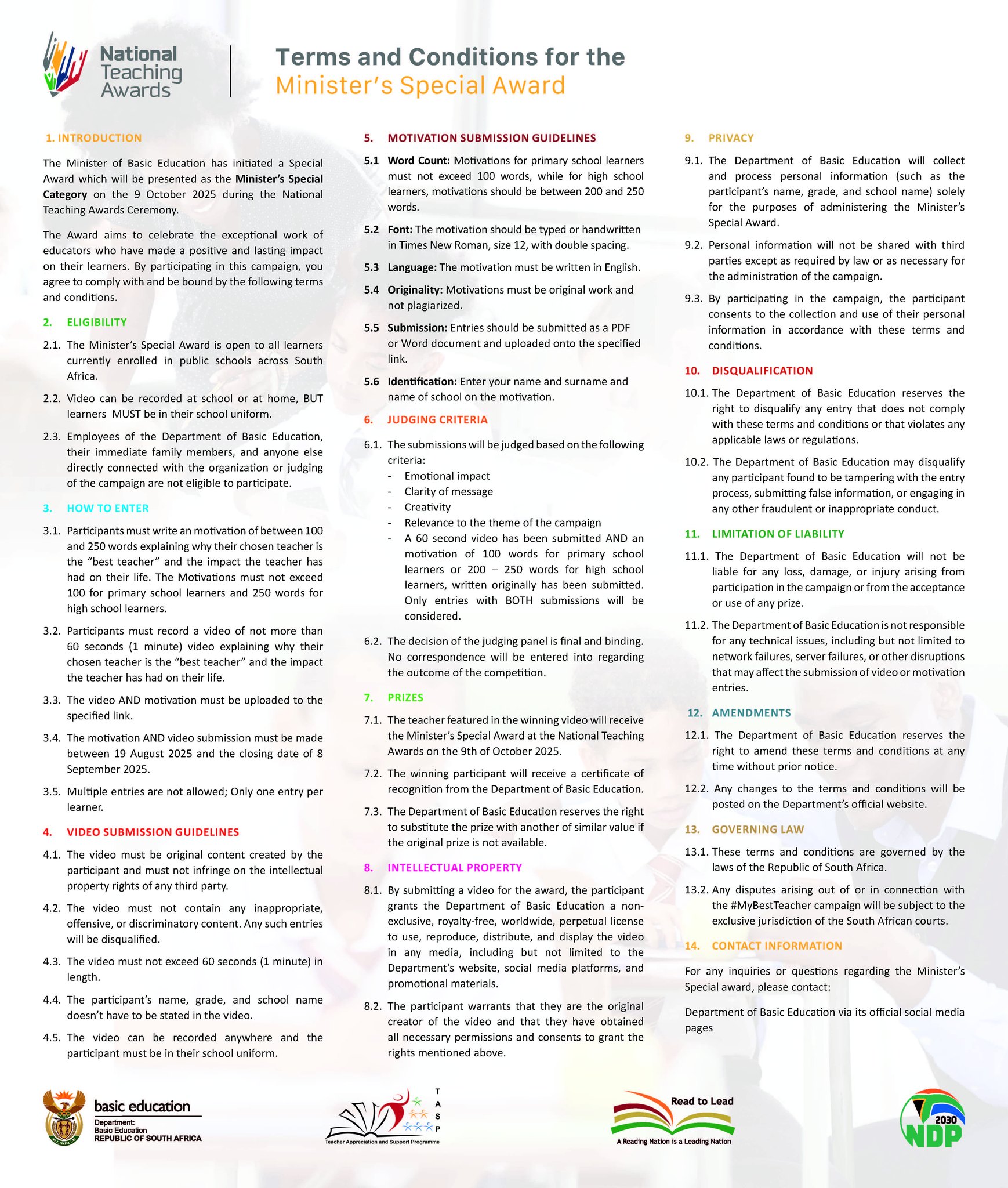Transport Minister Barbara Creecy allocated rail slots to 11 new train operating companies across 41 routes, levelling the rail operating playing field as recommended by the business-government collaboration via the National Logistics Crisis Committee.
The new operators will move an estimated additional 20 million tonnes annually from 2026/27 and could unlock R100 billion in rolling stock investments toward the 2029 target of 250 million tonnes by rail.
Rail reform must integrate with port improvements and border efficiency gains to create a competitive logistics ecosystem, as moving goods efficiently by rail means nothing if they sit in port queues for weeks.
The real test lies in swift implementation – announcing slot allocations is easier than operating trains, and reforms cannot stall like the Durban Container Port concessioning that remains stuck in court two years later.
Last week an important step was taken toward a competitive and thriving logistics system in South Africa. Minister of transport Barbara Creecy announced the allocation of rail slots to 11 new train operating companies across 41 routes and six corridors.
This is the realisation of years of intense collaboration between business and government to improve the performance of the rail network by introducing private operators and investors. When we speak of structural reform in logistics, this is what we mean – creating the competitive environment that will drive efficiency, investment and ultimately economic growth. This step is one along the plan that we have been advocating for through the National Logistics Crisis Committee (NLCC).
The announcement came after minister of finance Enoch Godongwana had addressed BLSA members last week about the importance of urgent structural reform. The only way for South Africa to respond to the headwinds we face from the global trade environment and geopolitics is to get our economy to be more efficient and allow for growth. The transport minister’s announcement delivers on this imperative.
The logistics crisis has cost our economy over R100 billion in lost mining revenue alone. It has led to an unprecedented partnership between organised business and government. Through the NLCC, we mobilised over 45 private sector experts and CEOs to work alongside government in delivering the objectives of the Freight Logistics Roadmap that underpins Friday’s announcement.
Part of that includes stabilising and improving the performance of Transnet in moving goods down the existing logistics corridors. That is already having an impact. For example, last month Kumba Iron Ore reported a 4% increase in ore that it could rail from its mines in the Northern Cape to the Saldanha Port. Equipment availability in the port also improved, enabling Kumba to increase sales by 3%. But the line still saw a number of derailments and the port had unscheduled shutdowns to repair equipment.
Introducing competition was never going to be easy. Breaking up a monopoly requires political courage, regulatory sophistication and sustained commitment from all stakeholders. The fact that we now have 11 new entrants preparing to move 20 million additional tonnes of freight annually from 2026/27, and able to participate in funding for future growth, is testament to what can be achieved when we move beyond the tired rhetoric of public versus private and focus on solutions.
The minister announced that these new operators could unlock up to R100 billion in rolling stock investments. This is exactly the kind of private capital injection our rail system desperately needs. For too long, Transnet has struggled with both operational efficiency and capital constraints leading to deferred rolling stock and infrastructure maintenance, and significant downsizing of local manufacturing capacity. The beauty of this reform is that private operators will bring their own resources – expertise, equipment, and crucially, accountability to customers.
The minister’s target of moving 250 million tonnes by rail by 2029 is ambitious but achievable if we maintain this momentum. Compare this to Transnet’s current performance of around 160 million tonnes, and you begin to see the transformative potential. Every tonne moved by rail rather than road reduces logistics costs, eases congestion on our highways, improves our environmental footprint and critically drives job creation.
I am particularly encouraged by the transparent, merit-based evaluation that resulted in these allocations. The establishment of the Interim Rail Economic Regulatory Capacity (IRERC) to manage the consultation process demonstrates the kind of institutional innovation we need across government.
The separation of the Transnet Rail Infrastructure Manager (TRIM) from Transnet Freight Rail, achieved last year, was always going to be crucial for this reform to work. You cannot have the infrastructure owner also being the dominant operator – it creates inherent conflicts of interest that undermine fair access. This structural separation, which BLSA has long advocated for, finally gives us a fighting chance at competitive rail operations.
Of course, announcing slot allocations is easier than operating trains. The real test now lies in implementation. The conditional award letters requiring Railway Safety Regulator permits, rolling stock readiness and port capacity arrangements are essential safeguards for a system that must work safely and efficiently, but they need to be swiftly delivered. We cannot see reforms stall the way we have in the concessioning of the Durban Container Port, with a preferred bidder announced two years ago still not able to proceed because the award is snarled up in court.
The opening of ad-hoc applications for additional routes next week, followed by the 2026/27 timetable applications, shows that this is not a one-off exercise but the beginning of a dynamic, responsive allocation system. This iterative approach allows us to learn and improve while maintaining momentum.
This rail opening must be seen alongside the progress we are making in port reforms and the work of Operation Vulindlela in accelerating infrastructure improvements. The logistics system is interconnected – there is little point in moving goods efficiently by rail if they then sit in port queues for weeks.
The reduced vessel waiting times at Durban Port, the improvements in crane productivity and the border efficiency gains at Lebombo all contribute to a logistics ecosystem that can finally start competing globally. But rail reform remains the cornerstone because of its capacity and cost advantages for bulk commodities.
Success in this first phase of rail reform will determine whether we can attract the next wave of private investment needed to modernise our entire transport network. International operators and financiers are watching carefully. They see a country finally serious about structural reform, but they also see the implementation risks that have derailed previous reform efforts.
Business remains committed to supporting government in making this work. We will continue to provide technical expertise through the NLCC and other forums. But we also expect accountability. The targets are clear, the framework is established, and the operators are selected. Now we need tangible investment, the trains moving and the tonnage increasing.
This announcement represents hope – not the naive hope of wishful thinking, but the earned hope that comes from seeing policy translated into practice. After years of decline, South African rail is finally on track for recovery. We must maintain the momentum to complete this transformation.














